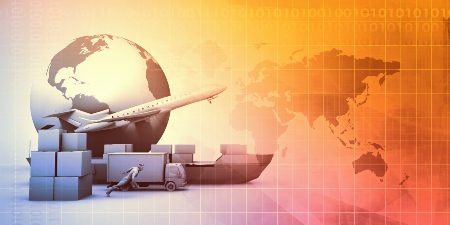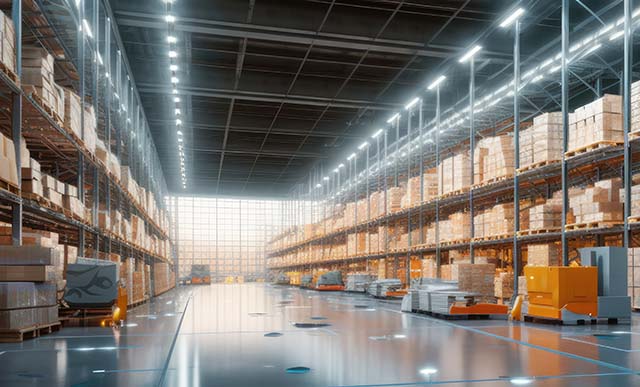Managing global shipping challenges in a complex market
Meet the Authors
Key Takeaways
The ILA strike from October 1 to 4 temporarily halted cargo flow at US East and Gulf Coast ports, but a tentative agreement was reached to extend collective bargaining until January 2025.
US container imports peaked at over 2.5 million TEUs in September 2023, indicating strained maritime logistics, while geopolitical conflicts are causing delays by forcing carriers to reroute their vessels.
Integrated transportation management platforms, like Descartes', enhance real-time shipping visibility and connectivity for SAP users, offering multiple benefits including improved data quality, reduced costs, and increased flexibility in selecting carriers.
The International Longshoremen’s Association (ILA) went on strike on October 1, bringing ports on the US East Coast and Gulf Coast to a grounding halt. However, by October 4, the 50,000 striking workers reached a tentative agreement with The US Maritime Alliance (USMX) to extend the collective bargaining period until January 2025, bringing an end to a strike that stopped the flow of goods in the docks of almost all cargo on the East and Gulf Coast ports. Still, much can change until a final contract is ratified.
This is just one of the many challenges the US shipping industry faces today.
According to Descartes Systems Group’s latest Global Shipping Report, US container import volumes in September exceeded the threshold of 2.4 million twenty-foot equivalent units (TEUs) for the third month, a historical benchmark beyond which US maritime logistics are strained. Although US container imports in September, at 2,520,935 TEUs, were 1.4% below July’s peak of 2,556,180 TEUs, they rose by 1.7% from August’s 2,479,284 TEUs. September’s container imports grew by 14.4% compared to the previous year. However, a decrease in port transit delays at most US ports helped balance higher imports to some extent.
Explore related questions
Geopolitical conflicts like the Houthi attacks in the Red Sea also affect US maritime logistics. Carriers have been compelled to avoid the Suez Canal and go around the Cape of Good Hope, resulting in transit delays.
In such complex markets, an integrated transportation management platform like the one provided by Descartes can help companies predict their shipping schedules in real-time. It can also provide multi-leg planning and easy onboarding of new carriers and partners to expand your options with current providers and potentially work with new forwarders and carriers.
Moreover, the system works with SAP Transportation Management (SAP TM) to provide real-time visibility of loads and shipments. It also communicates data back and forth with SAP Business Network for Logistics (SAP BN4L) and supports automated alerts and notifications.
What this means for users
For SAP TM and SAP BN4L users, the integration with Descartes TM Platform also provides an SAP-endorsed app for connectivity. Other benefits of a TM platform that is integrated with SAP include:
- One to many connections for SAP customers
- Enhanced visibility and control of transportation processes
- Reduced supply chain latency and costs in terms of labor and rates
- Improved data quality and customer service
- Reduced manual work
- Resilient and responsive processes
- Reduced investments as users do not need to maintain one-on-one connections with partners
- Ability to easily switch or add providers, which means users are not stuck with a carrier/broker/forwarder just because they are integrated, and the switching costs are perceived to be too costly
In the long term, the Descartes report recommends that companies evaluate supplier and factory location density globally to mitigate their reliance on overburdened trade lanes and regions with the potential for conflicts.





